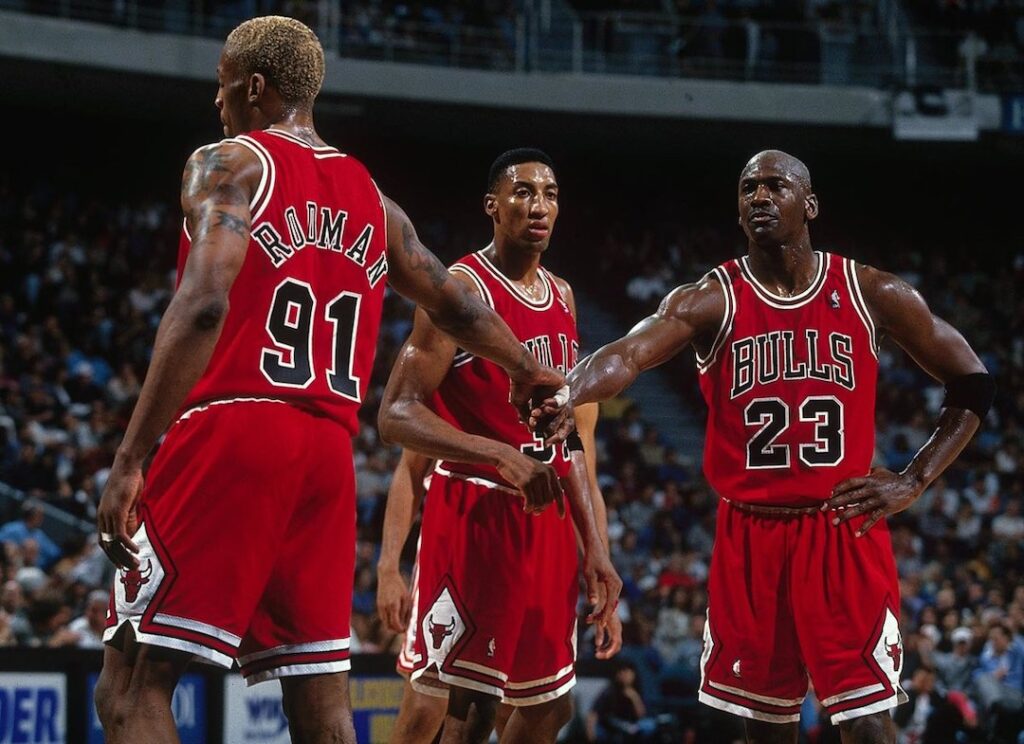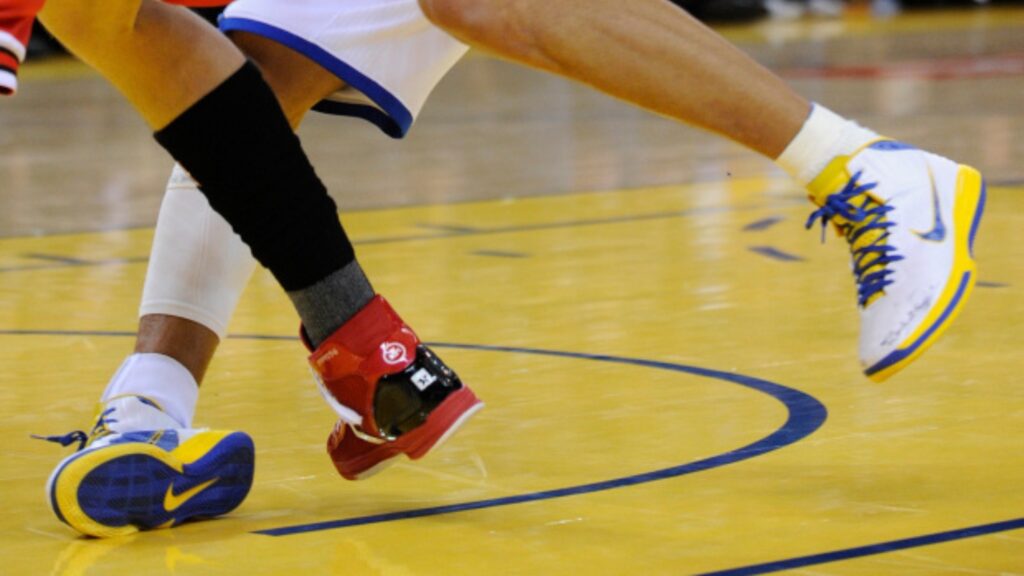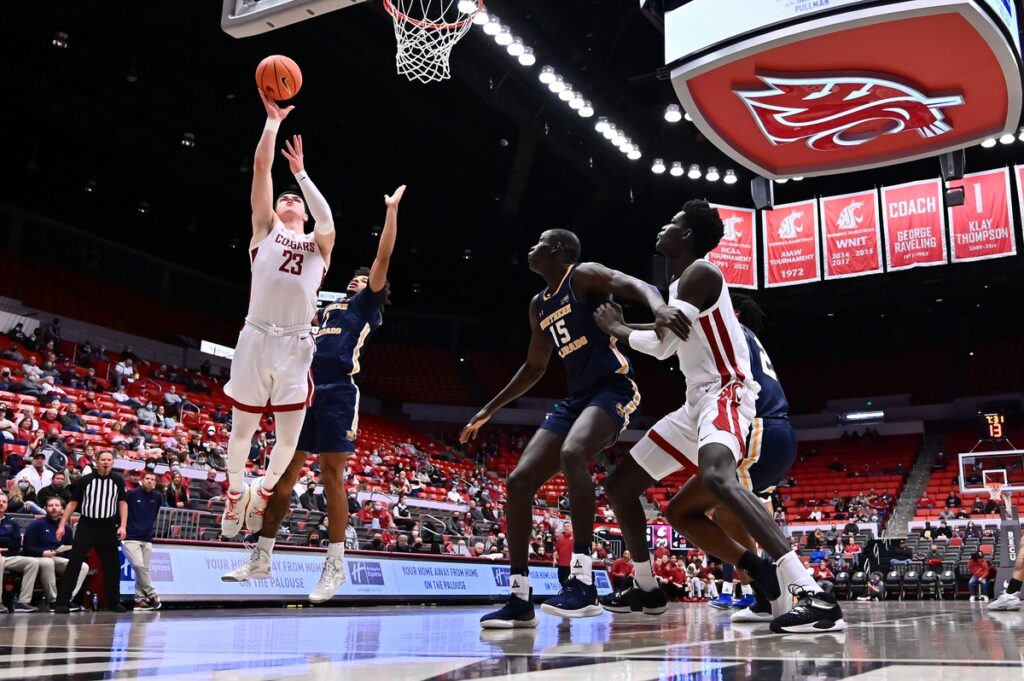Basketball is an exciting sport loved by millions worldwide. Whether you’re a die-hard fan or just someone who enjoys catching a game now and then, understanding how to analyze basketball matches can enhance your viewing experience and even help you make spot-on predictions.
Understanding the Basics

Before we dive into the intricacies of basketball analysis at 22bet.com, let’s get familiar with the fundamentals of the game.
The Court
Basketball is played on a rectangular court with a hoop at each end. It’s divided into two main sections: the frontcourt and the backcourt. The frontcourt is where teams try to score, while the backcourt is where they defend.
The Teams
Each team has five players on the court at any given time. These players have specific roles, like point guards facilitating the offense, forwards scoring and rebounding, and centers protecting the rim and grabbing rebounds.
Analyzing Player Performance

When assessing a basketball match, evaluating individual player performance is crucial. Here’s how you can do that:
Points and Scoring
Points win games. Keep an eye on how players score – are they proficient at shooting three-pointers, driving to the basket, or making free throws? Analyzing a player’s scoring abilities helps predict their impact on the game.
Rebounding
Rebounds are essential for controlling possession. Players who excel at grabbing offensive rebounds give their team second chances to score, while those who secure defensive rebounds prevent the opposing team from doing the same.
Assists and Passing
Assists highlight a player’s ability to create scoring opportunities for their teammates. Please pay attention to players who rack up assists, as they often play a crucial role in setting up successful plays.
Defense
Defense wins championships. Assess how well players guard their opponents, block shots, and steal the ball. A strong defensive player can disrupt the opposing team’s offense and turn the tide of a game.
Team Dynamics

Basketball is a team sport, and understanding how players work together is vital. Here are some team dynamics to consider:
Ball Movement
Teams that share the ball and have good passing sequences often find open shots and create scoring opportunities. Analyzing a team’s ball movement can predict their offensive efficiency.
Fast Breaks
Some teams excel at fast breaks, quickly transitioning from defense to offense. Teams that are efficient in fast breaks can catch their opponents off guard and score easy points.
Bench Contribution
It’s not just about the starting five. Analyze how well the bench players perform when they’re on the court. A strong bench can provide a much-needed boost during a game.
Historical Data
To make spot-on predictions, it’s essential to look at historical data. This includes a team’s performance in previous seasons, head-to-head records against specific opponents, and performance in similar situations (e.g., home games vs. away games).
Injuries and Rest

Keep an eye on injury reports and whether key players are rested for a game. Injuries or fatigue can significantly impact a team’s performance, so factor this into your predictions.
Player Matchups
Pay attention to individual matchups on the court. Some players might have a historical advantage over their opponents due to their playing style or skills. Analyzing how certain players fare against specific matchups can provide valuable insights into the game’s outcome.
Shooting Percentages
Look beyond the number of shots a player takes. Analyze their shooting percentages, such as field goal percentage (FG%), three-point percentage (3P%), and free throw percentage (FT%). High shooting percentages often indicate efficiency and reliability in scoring.
Turnovers
Turnovers occur when a team loses possession of the ball to the opponent. Analyze which team is better at limiting turnovers and which is more adept at forcing them. Fewer turnovers can lead to more scoring opportunities and better control of the game.
Transition Defense

Evaluate how well teams defend against fast breaks and transition plays. Teams that can quickly get back on defense and prevent easy fast-break points are often more successful in close games.
Game Pace
Analyze the pace of the game. Some teams prefer a fast-paced, high-scoring game, while others opt for a slower, more methodical approach. Understanding the game’s pace can help predict the final score and style of play.
Coaching Strategies
Coaching decisions play a crucial role in a team’s performance. Assess how coaches manage timeouts, substitutions, and strategic adjustments during the game. Effective coaching can be a game-changer.
Home Court Advantage

Home court advantage is a real phenomenon in basketball. Teams tend to perform better when playing in their home arena due to the support of their fans and familiarity with the court. Take this into account when making predictions.
Big Moments
Analyze how teams perform in big moments, such as a close game’s final minutes or overtime. Some teams thrive under pressure, while others may struggle. Understanding a team’s composure in clutch situations can influence your predictions.
Statistics Trends
Look for trends in team and player statistics throughout the season. Are there noticeable improvements or declines in performance? Identifying trends can help you make more accurate predictions as the season progresses.
Fan and Analyst Opinions

While unreliable, fan opinions and sports analysts’ predictions can offer different perspectives on a game. Sometimes, insider knowledge or unique insights can be gleaned from these sources.
Gut Feeling
Sometimes, a gut feeling or intuition can play a role in predictions. After analyzing all the data and factors, trust your instincts if they align with your gathered information.
Predicting sports outcomes is not an exact science, and unexpected events can occur. However, by considering these additional points and the previously mentioned aspects, you’ll be better equipped to analyze basketball matches and make spot-on predictions in the dynamic world. Enjoy the game and your newfound skills as a basketball analyst!
Conclusion
Analyzing basketball matches for spot-on predictions is a blend of understanding player performance, team dynamics, historical data, and the game’s mental aspects. By following these guidelines and keeping a close eye on the ever-changing world of basketball, you can enhance your basketball-watching experience and make more informed predictions in the exciting world of hoops. Enjoy the game!

